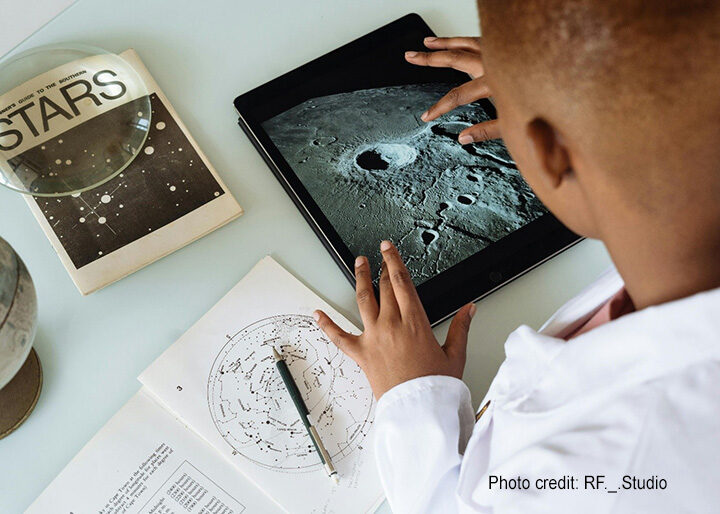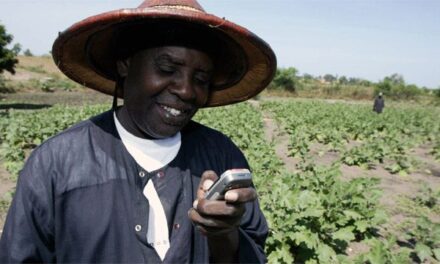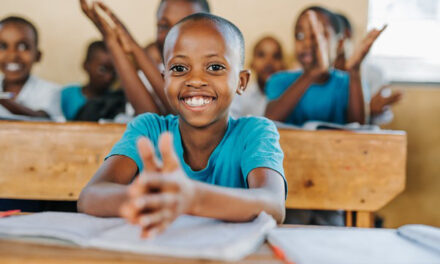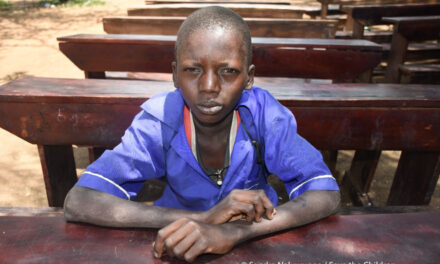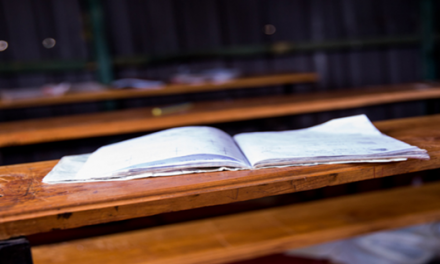Work, along with all other aspects of contemporary living, increasingly involves people operating harmoniously alongside intelligent machines. Schools and systems seem determined to block this vital relationship. In this blogpost, Mike Douse emphasises the growing significance of human/AI co-creativity and explores its crucial role in education.
The age-old question: “What do you want to do when you grow up?” is now: “What do you want to be, alongside AI, when you grow up?”. And it is no longer simply about employment but extends to self-fulfilment, social interaction, lifelong learning and leisure. Just as jobs of all kinds increasingly involve humans operating hand in metal arm with machines, so also should preparation for work – nay for life – involve learners and their devices in constant synergetic partnership.
Some have argued that the advancement in neural networks and deep learning techniques, mimicking the network of the human brain, could be a step toward the genuine and general AI. Others regard creativity as a uniquely human trait in that machines lack identity, fail to experience feelings, are unable to give meaning to the outcomes created, or to reflect upon the lived experience of the human. The fascinating question of whether machines may soon learn continually from their own experience, interacting creatively with their environment, should not distract attention from gaining maximum benefit from human partnerships with AI as presently available.
In other words, co-creativity. This is where the creativity of humans and AI blends in an interactive process. One substantial study suggests that this kind of blended creativity can explain the “contemporary creative processes in the era of AI”. Our priority, therefore, is that of utilising machines that are co-creative with humans: learners and smartphones in partnership rather than quarantined.
AI is already capable of generating fresh ideas and inspiration, providing knowledge that enhances humans’ creative abilities, overcoming fixated thinking and inspiring individuals to see beyond their present perspectives. At work and in their everyday lives, the virtual and the actual are coming together – so let it be in the classroom.
In terms of content, the initial findings of Becky Francis and her Curriculum and Assessment Review team for the Department for Education highlight the disparity in music, drama and suchlike between the opportunities at UK state schools (very limited) and private schools (vast). They report also that the arts have been squeezed out of too many children’s learning. In consequence, while drawing, singing and play generally characterise many primary schools, the emphasis from early secondary onwards is on academic attainment in subjects other than arts and culture.
Decision-makers who believe that education’s main (or sole) purpose is mercantile (getting a good job… contributing to the economy…) tend to relegate the arts in favour of STEM subjects. This is especially curious, in that machines tend to be rather good at science, technology, engineering and mathematics, in comparison with their current limited capabilities in, say, music, drama, debating, dancing, painting and authorship. Let no learner be limited by ill-informed prejudice – let all be allowed to make well-informed choices across the entire gamut of human endeavour.
Unquestionably, the arts promote curiosity, critical thinking, and the ability to collaborate and navigate uncertainty. But this sharp distinction between ‘arts’ and ‘sciences’ is man-made: creativity is far from being limited to the ‘arts’ no matter how widely that term is defined. The similarities between, say, a poet putting together a villanelle and a scientist testing a hypothesis for goodness of fit exceed the difference: they are not separate cultures so much as creative manifestations in differing settings. And it is not so much the subject matter that determines the creativity level – more the manner in which it is taught and the ways in which it is learned. Or not.
In an undoubtedly VUCA (Volatile, Uncertain, Complex and Ambiguous) world, it is reasonable to assert that “teaching for creativity should be central to the curriculum”. Exponential times of change necessitate equipping students with the knowledge, skills and understanding of how to develop and utilise their creativity. For the competencies that make us creative are the same ones that will make us resilient to change and agile to the uncertain times in which we live.
Many teachers (but not all – see panel) already teach creatively, using imaginative and innovative approaches to deliver curriculum and make learning interesting and memorable. However, teaching for creativity and embedding creativity in schools and education systems goes further. This involves the pedagogical practice that allows metacognition – the act of learning to learn – to happen, aimed at enabling children to develop their own learning capacities and thus their personal creativity.
| “Settle down, class. Quiet at the back. Today I’m going to teach you about creativity. Turn that thing off, Pebble. Now copy this down into your exercise books. Not in your atlas, Maitland minor. ‘Creativity is defined as an aspect of thinking, as a personality constellation, and as an interaction – take that thing out of your mouth, Billingham-Smythe – in a specific environment between thinking, personal properties, motivation, and feelings.’ Not with a red pen, Sprout. That isn’t how you spell ‘constellation’, Woodrow-Jones. Well, why didn’t you bring your spectacles? Right class, there are seven kinds of creativity, which I shall now write on the board, and your prep tonight is to remember all of them, in order. Gulliver-Thompson, will you for goodness sake sit down. Frobisher – I shan’t tell you again. All seven please, including you Embleton-Pyke major, if you want to avoid detention…” |
But no matter how imaginative and widespread this teaching for creativity process becomes, it is still founded upon the false assumption that schools, colleges, universities and systems will remain much the same as now, sculpted for an industrial society, designed for a disconnected world, based upon herding the learners into designated places, teaching at them, applying externally-imposed curricula, and determining their life chances partly upon their ability to regurgitate irrelevancies.
Our radically-altered society, necessitated and enabled by AI, requires and allows fundamentally transformed educational arrangements worldwide, characterised by learner-led rather than teacher-directed learning. Teaching creativity is one thing (and a second millennium thing at that). Learners leading their learning (what, how, why, where and when to learn) is another thing entirely, in that it transforms education into an inescapably creative endeavour. With all post-primary learners determining their personal curriculum, and deciding upon how best they should experience and enjoy it, creativity is embedded in the educational process itself.
So what is called for now is an integration of technologies and learning experiences, seamlessly uniting digital and tangible learning, reflecting the dual nature – actual and virtual – of contemporary consciousness. With a learner-driven (rather than one designed externally from and directed at the learners) curriculum, enhanced by a convivial learner-supporting pedagogy, co-creativity may be at the heart of education, meeting the multifarious challenges of our ever-oscillating, ofttimes terrifying and forever wonderful world.

